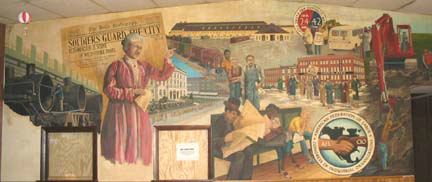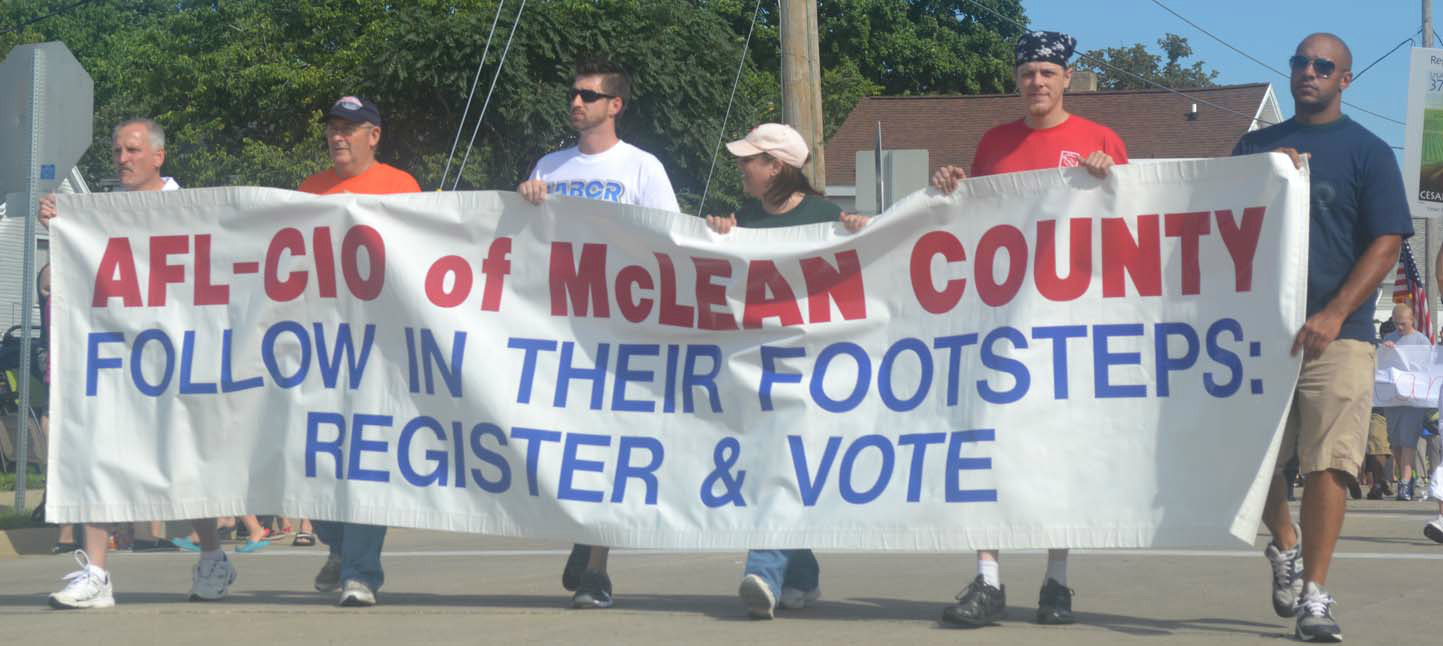|
“The difference working in a nonunion mine and a union mine was like jumping out of the fire into a cool stream of water,” recalled Matewan, West Virginia miner Kelly Buchanan in 1972.
Buchanan’s stark life tale of organizing, coal mining and fierce confrontations highlights the real life experience of miners who survived the fierce West Virginia coal wars of 1920-21.
In 1972 21-year-old college student Anne Lawrence ventured deep into West Virginia’s coal hollers, seeking the elders who remembered the intensive battles from 50 years ago. She encapsuled her transcriptions into short, descriptive articles for the Miner’s Voice, published by for Miners for Democracy. They remained there in old newsprint until recently collected and printed by West Virginia University Press.
Blood stains mark too many labor organizing efforts; perhaps the bloodiest was the 1921 West Virginia mine wars, when miners and company guards plus local law enforcement faced off in the “Battle of Blair Mountain” in southwestern West Virginia. Federal troops intervening and confiscating the miners’ weapons ended the encounter, breaking union organizing efforts for a decade.
Miners organized in northern and central West Virginia before World War I, but southwest Mingo, Logan and McDowell counties were non-union. Union miners were encouraged to push southward by the coal companies, threatened by lower wage, non-union mines. The non-union mines brought in strikebreakers, protected by Baldwin-Felts armed guards. Strikers were evicted from their company houses, until challenged by Matewan Sheriff Sid Hatfield, who led a shootout that killed seven guards, two miners and the town’s Mayor. A year later Hatfield was assassinated by Baldwin-Felts guards on the McDowell County courthouse steps.
When Governor Ephraim F. Morgan refused to prosecute Hatfield’s murderers, miners commandeered trains and marched on the non-union mines. Logan County Sheriff Don Chafin roused his own army and faced the miners on Blair Mountain. For five days they battled, until President Warren Harding dispatched federal troops. The miners wore red kerchiefs (“rednecks”) versus the company’s white kerchiefs. Miners surrendered to the U.S. Army but the non-union companies and Sheriff Chafin reigned supreme. The West Virginia mines were not organized until President Franklin Roosvelt’s 1930s “New Deal” programs legitimatized union organization.
The collected stories here are memorable, including miners, widows, company guards, non-union miners and those who were children in 1920-21. Lawrence does a superb job describing the small homes, porches and courthouse squares were these grizzled veterans shared their stories. The individual essays are tightly edited, setting the scene and highlighting each participant’s unique perspective.
This is an easy read, a recollection many would find astounding today, hardscrabble workers barely surviving in treacherous conditions, until that “cool water” the union brought lessened their misery.
For a visual perspective, see John Sayles 1987 film Matewan, a realistic, moving tribute to the mine wars.
Reviewed by Mike Matejka
On Dark & Bloody Ground: An Oral History of the West Virginia Mine Wars
By Anne T. Lawrence
West Virginia University Press, 2021
ISBN: 978-1-952271-09-0
|



